| Price Floor | Price | Price+Subsidy | |
|---|---|---|---|
| 1948 | 0.90066225166 | 1.0772626932 | 0 |
| 1958 | 0.7491638796 | 0.78260869565 | 0 |
| 1968 | 0.66473988439 | 0.7225433526 | 0 |
| 1978 | 0.41558441558 | 0.52987012987 | 0.5313329608 |
| 1988 | 0.3453125 | 0.35572916667 | 0.50719385956 |
| 1998 | 0 | 0.33171641791 | 0.48281581593 |
| 2008 | 0 | 0.58131487889 | 0.65600614632 |
Year
Percent of Parity (1 = 100%, fair price standard)
Sources:
zcomm.org

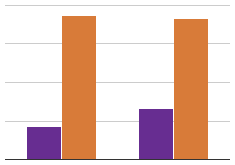
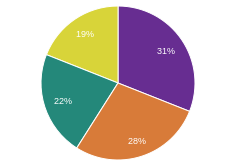
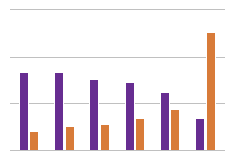
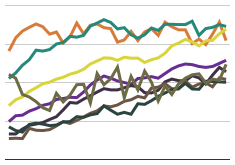
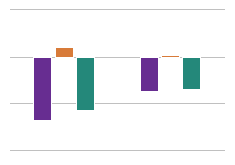
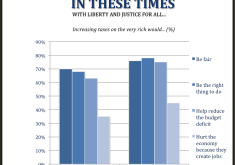
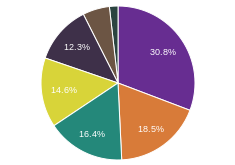
Price Floors for Rice and other crops were lowered and eliminated by Congress, lowering prices. Agribusiness buyers secretly benefited. farmers lost. The US lost money on rice exports. There is zero correlation between low prices and subsidies prior to 1977, as there were no subsidies. Rice farmers got less with added subsidies. Ditto for corn, wheat, cotton, etc.
How are the agribusiness buyers benefiting? What relationship do they have with the farmers? Are we to conclude that agribusiness is pocketing the subsidies?
Subsidies distract attention (blame) away from agribusiness and toward it's victims (farmers). On the chart, 1 is the traditional standard of a fair (i.e. "living wage") price, which farmers got 1942-1952 under the New Deal farm programs, with no need for any subsidies. As I show, Price Floors were lowered, (1953-1995), then eliminated (1996-2018). Along the way, in 1977, as they were lowed further, subsidies began to compensate rice farmers for a fraction of the amount prices were below the 1 (100%) standard. Agribusiness benefited, increasingly, between the orange line and the 1 line. For farmers, prices (orange) plus added subsidies, (orange to green) were less than what prices alone had originally been.
This takes some thinking but really does make sense (if I have it right). With price floors independent farmers can compete on quality with companies like Monsanto who otherwise drive them out by racing to the lowest price possible. Government no longer needs to subsidize farmers because people will prefer to buy from them over big biz. This pushes farming back into a local model which is better for everyone, environmentally, economically, community.
Primarily Monsanto (input agbiz complex, seed & pesticides) sells to farmers, rather than competing against them, and advocates against supply management (fewer acres, lower sales for Monstanto) that supports fair prices, while corps. like Cargill (output agbiz complex, processing and exporting) are the ones who pay the prices, and lobby for low ones (and oversupply). It's much more than local food, but conventional prices undergird the premiums paid for local, organic, etc. So low conventional prices hurt all.